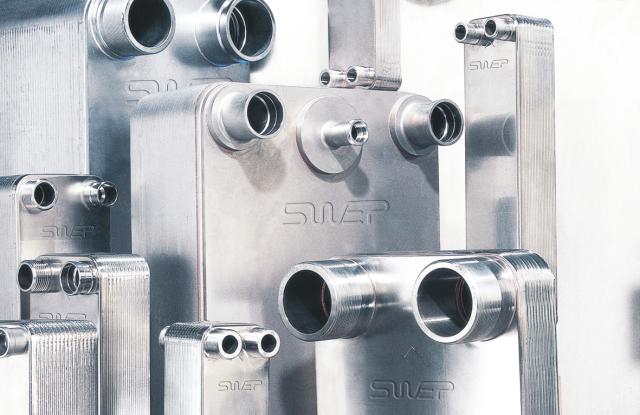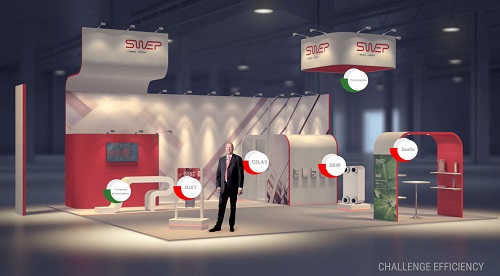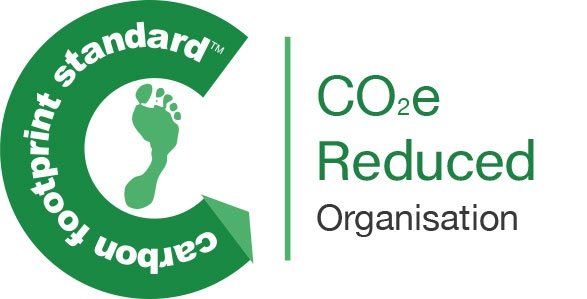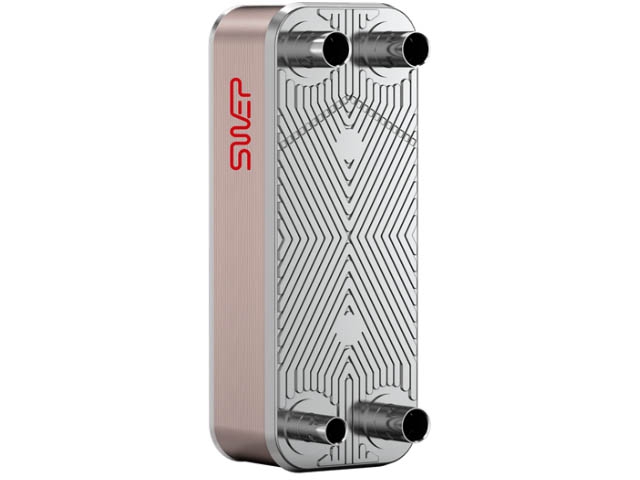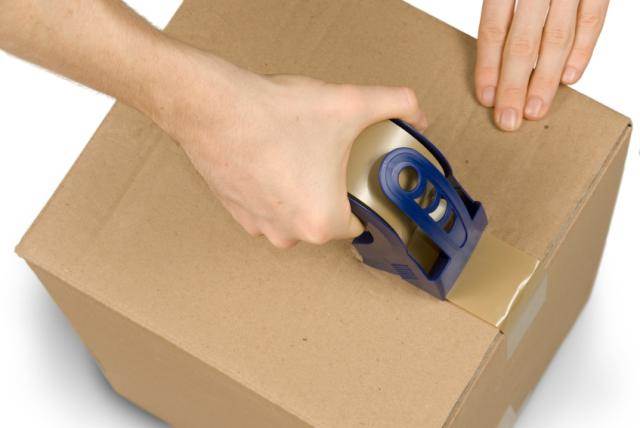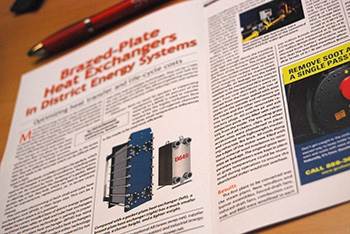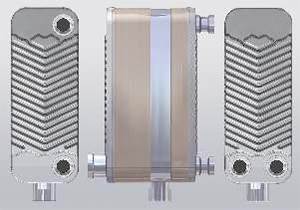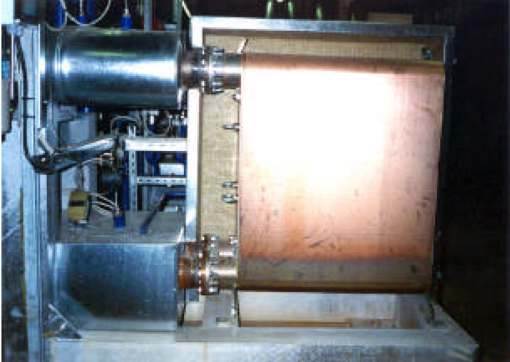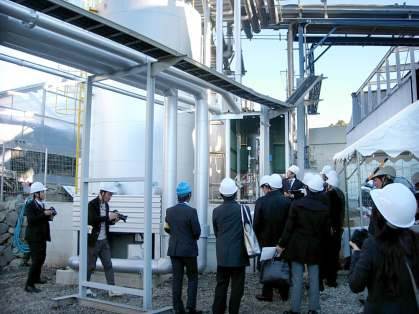- Contact 0870 350 7767
- |
- Advertise
Clean or untreated water? A BPHE works with both
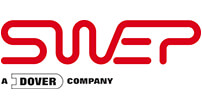 News and PR from SWEP UK Representation by Dover Intercompany Services UK Ltd - Published 20 October 2015
Industries around the world have to face the challenge of water contamination due to insufficient filtration.
News and PR from SWEP UK Representation by Dover Intercompany Services UK Ltd - Published 20 October 2015
Industries around the world have to face the challenge of water contamination due to insufficient filtration.Fouling: a major problem
In most cases, the fluid flowing through a heat exchanger contains traces of dirt, oil, grease, chemicals or organic deposits. This can result in a coating collecting on the heat transfer surface, decreasing the heat transfer coefficient. Mandar Rajwade, Business Engineer at SWEP and based in India with a focus on the South Asian market, is well aware of the problem. ÂThe challenge is to prevent scaling and breakdowns due to fouling issues. The fouling and scaling on equipment cause damage or clogging. This, in turn, raises maintenance costs and reduces the efficiency output. Fouling can reduce the thermal efficiency of the heat exchanger and change the pressure drop characteristics.
Traditionally, the Indian market has preferred plate heat exchangers with rubber gaskets, since they can be taken apart when cleaning is required. ÂMany people here have equipment with an open cooling tower circuit or they use makeup water in their systemsÂ, says Mandar Rajwade. ÂThere is a mindset that brazed plated heat exchangers wonÂt work in our country.Â
The answer: self-cleaning BPHEs
Unlike traditional heat exchangers, BPHEs cannot be taken apart since the plates are brazed together. How can they be used in an area where untreated water requires regular cleaning? The answer spells self-cleaning. Highly turbulent flows prevent fouling and scaling. The flows keep particles in the fluid in suspension, i.e. prevents them from sticking on the surface and causing fouling.
An even distribution of fluid through the exchanger is also important. This is strongly related to the plate pattern. SWEP BPHEs have a special pattern in the port areas, designed to ensure a well-distributed flow. Other heat exchangers may have areas sensitive to fouling due to low velocity, for example around gaskets, resulting in laminar flow. Fouling would start here and spread across the heat transfer surface. SWEP BPHEs function perfectly without cleaning, despite poor water quality.
The answer: self-cleaning BPHEs
Unlike traditional heat exchangers, BPHEs cannot be taken apart since the plates are brazed together. How can they be used in an area where untreated water requires regular cleaning? The answer spells self-cleaning. Highly turbulent flows prevent fouling and scaling. The flows keep particles in the fluid in suspension, i.e. prevents them from sticking on the surface and causing fouling.
An even distribution of fluid through the exchanger is also important. This is strongly related to the plate pattern. SWEP BPHEs have a special pattern in the port areas, designed to ensure a well-distributed flow. Other heat exchangers may have areas sensitive to fouling due to low velocity, for example around gaskets, resulting in laminar flow.
Other announcements from SWEP UK Representation by Dover Intercompany Services UK Ltd
-
-
SWEP's continuity of supply protects your logistics and customers
Although social distancing keeps people safe, what challenges does it present to international logistics where efficiency is crucial?
04 Feb 2021
-
Take a tour of SWEPs Virtual Showroom
In this virtual stand, we have gathered some of the solutions that we offer within District Energy.
04 Feb 2021
-
Carbon footprint reduction on track
SWEP is working to reduce carbon emissions every day to move us towards a committed goal of becoming carbon neutral by latest 2030.
04 Feb 2021
-
Coping with Covid-19: SWEP employees find the positives amid the uncertainty
Due to the global pandemic, our employees had to learn to cope with the 'new' normal that it brought about, including a much more virtual working climate.
04 Feb 2021
-
The BX4T is SWEP's compact, flexible answer for the next generation of economize
The BX4T model is the latest evolution of our B4 sized range for the refrigeration market, boasting an even more compact design than existing economizers targeting VRF, Heat Pumps & Condensing Units.
04 Feb 2021
-
The NEW B4T ultra pressure model targeting C02 refrigerant applications
SWEP's new B4T-U (Ultra Pressure) model has been developed for applications in refrigeration targeting CO2 as the preferred natural refrigerant choice...
04 Feb 2021
-
Take advantage of SWEP's individual packaging option
SWEP provides customers with the option to have BPHEs (brazed plate heat exchangers), insulation, and any other accessories individually packed at their request.
11 Oct 2016
-
Brazed plate heat exchangers featured in HPAC Engineering
SWEP recently had a technical article published in a well-respected magazine whose readership includes many members within the District Energy industry.
11 Oct 2016
-
Cooperation furthers innovative brazing solutions
What happens when two companies decide to work together and share findings and innovations? SWEP and Höganäs know: New and improved products that can benefit all kinds of industries!
11 Oct 2016
-
SWEP introduces first AHRI Certified® Brazed Plate Heat Exchangers
SWEP is the first company to provide Brazed Plate Heat Exchangers certified by the Air-Conditioning, Heating, and Refrigeration Institute (AHRI).
04 May 2016
-
-
SWEP attends ATMOSphere Asia in Tokyo
SWEP will attend this years edition of ATMOSphere ASIA, an event covering all our product segments with the focus on HVAC+R.
04 May 2016
-
Aircel air dryers show their full potential with ADWIS
With 100,000 units sold at the beginning of 2015, SWEP's range ADWIS (Air Dryer With Integrated Separator) is now quickly becoming the market standard within several industrial applications.
07 Dec 2015
-
BPHEs in district heating systems
The city of Hoyerswerda, in eastern Germany, decided to modernize the city's district heating system.
07 Dec 2015
-
BPHEs in wind power stations
Wind power is one of the most cost-effective and rapidly growing renewable energy technologies available.
07 Dec 2015
-
Turkey promotes a more sustainable society
Turkey is currently experiencing an increase in population combined with an urbanization rate that has risen rapidly, from 53% in 1990 to 75% in 2008.
20 Oct 2015
-
Clean power when ORC system recovers waste heat
An affordable and sustainable supply of energy is the key to modern society as well as global economy.
20 Oct 2015
-
SWEP - High efficiency and complete range of BPHEs for Chillers
At the AHR exhibition, SWEP launches a new and complete high efficiency product range for chiller applications.
03 Feb 2015





